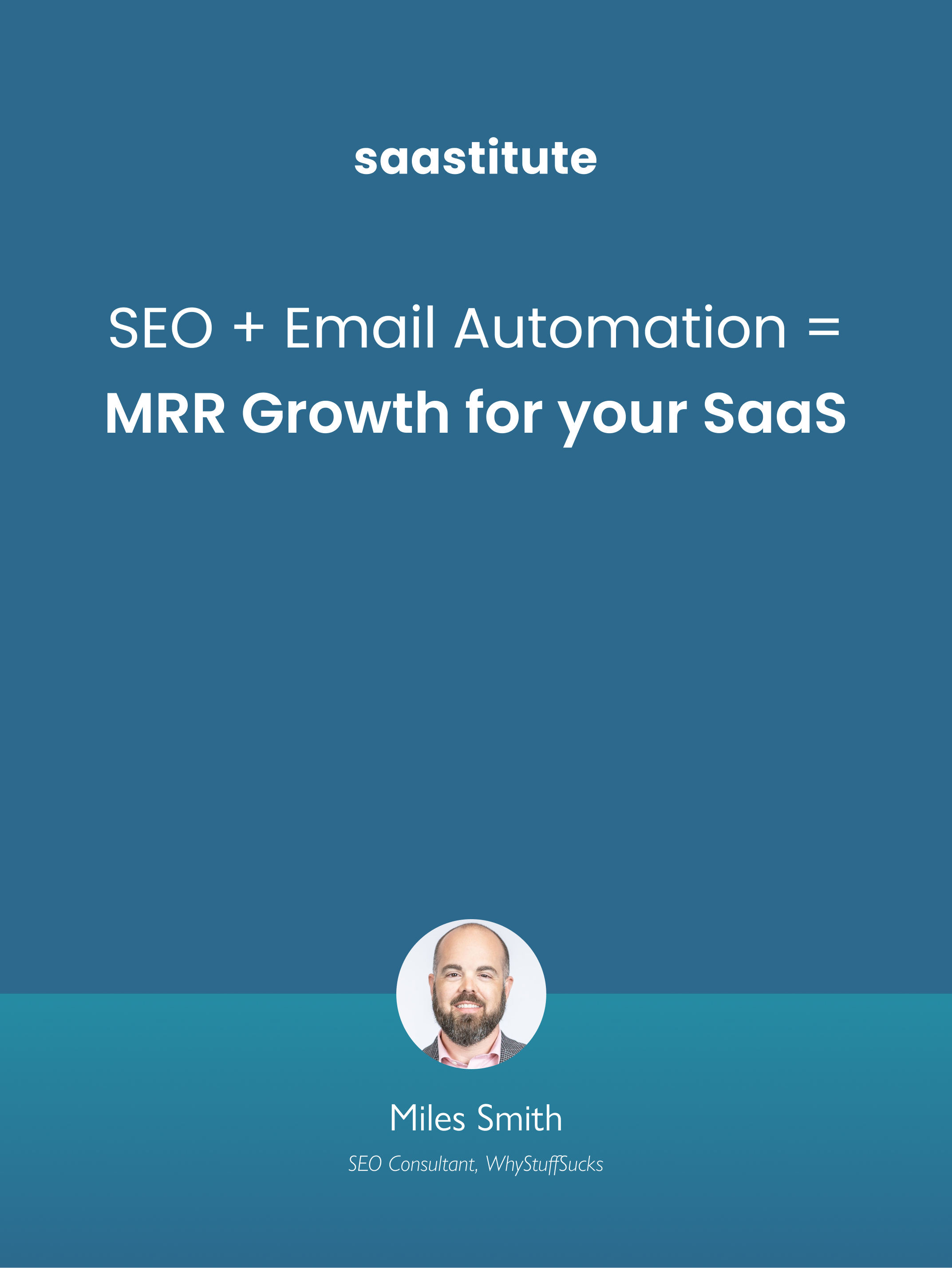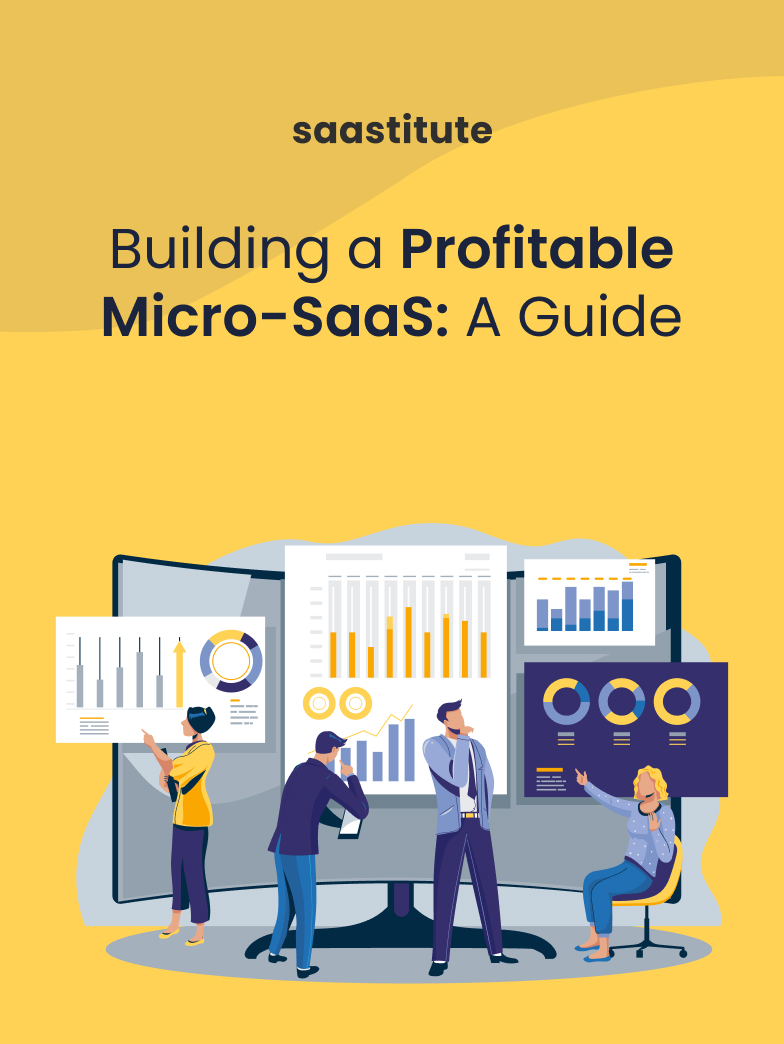Redesign Websites Without Hurting SEO
Find out how you can redesign SaaS websites without affecting your previous SEO efforts.
.png)
We all know that a website should serve the purpose of being both search-friendly and user-friendly. At any point in time if you realize that this is not the case then you should probably consider redesigning your website.
Doing the redesign with a customer journey in mind is essential but to complement it, you might also want to give an equal amount of importance to your SEO. The majority of the folks almost always nail the former but end up ignoring the latter.
What happens then? You would launch one of the most well-designed sites in the world, but no one will ever find it - because it was never optimized.
In this article, I will try to explain the major stages of a website redesign and how to go about it without affecting your previous SEO efforts. In fact when done right, immediately after your new website goes live - you could expect an increase in your SEO strength.
Establish sitemap and information architecture
A site map is a list of pages within a given domain. Before your development teams start off creating their initial prototypes it’s essential to compile all the existing content pages with their sitemap structure. You might also want to reconsider your information architecture to reduce the size of your website navigation. For example, a SaaS website may decide to create the following information architecture for its resource section:
- resources/case-study/product
- resources/case-study/design
- resources/case-study/growth
- resources/case-study/engineering
Doing this will not only help you to organize your content better but also can enhance your visitors’ user experience. In the above example, a developer who's at the bottom of the funnel (BOFU) stage looking to read some content to take the next step in his buying journey could find this section very easily.
Once you are clear with how your navigation should be, you can go ahead and create your new sitemap. Doing it via google sheets at first is recommended. Also, it is essential to prioritize high-quality pages in your sitemap - you don’t want bots to crawl unnecessary or low-content pages even if they include login pages.
Look for optimization opportunities - content and structure
Knowing what pages you want to keep could be a great starting point here. With the available pages and their content - do a quick quality check(images/grammar/CTAs and so on). If you had already optimized your previous website for SEO, then you might want to do an SEO audit and list down the specific keywords that your pages were targeting.
While doing this exercise you will also find opportunities to revise the information architecture. By this what I mean is that if you have an in-depth blog you might want to add it to the guide section (guide/<blogname>) instead of keeping it (/blog/<blogname>)
In addition, do check whether the basic on-page optimizations are right. This could include Alt Text for Images, Headers (H1, H2, H3), Meta Tags/Descriptions, etc.
Re-design behind the scenes
Once you have all the content set up, the next item on your plate will be to bring the website to life. Almost in all cases, you will already have a working website in parallel to which you would want to build the new one. To avoid unnecessary visitor issues or problems in the long run I would suggest a few great practices for redesigning your new website.
Copy your site and set it up into a temporary URL. Once done you can start making changes to it.
- An alternative could be switching the domain once all the required site changes are made.
If you feel that you lack expertise in this and would want an external party to help - then I would suggest contacting someone from the hosting company. They can help you navigate your site redesign better and could also protect you from unforeseen problems in the future.
Technicalities that you should consider :
Map Every 301 Redirect
301 redirects are very important when it comes to redoing websites. They are ideally responsible for telling Google that only your URL has changed, and the context of the page remains the same. For example, if you have a case study page which is <www.yourwebsite.com/casestudy> and while redesigning you want the URL to be <www.yourwebsite.com/case-study> then putting a 301 redirect tells google that both of them are the same and will redirect your previous URL to the new page. In addition, a 301 redirect will also help us in saving our previous SEO efforts. You can add redirects using the .htaccess file.
Review Schema Markup
Schema Markup is a semantic vocabulary that is added to web pages for search engines to get a better context of what the content is about. If you’ve manually edited the website code and added some new design elements, make sure you review your markups. Chances are that some elements have been accidentally removed. You can use structured data testing tool to verify this.
Robots.txt
A robots. txt is nothing but a text file that tells search engine crawlers which pages or files the crawler can or cannot request from your site. During a redesign, there are chances that your robots.txt files might get corrupted. To check if that’s the case, go to search console > crawl > robots.txt tester.
Going live
After finalizing the designs and redirection - it is now time to go live with your new website. While you do this, there are a few secondary things that you might want to carefully look after to ensure 100 percent sanity :
Broken Links:
Links tend to break when you carry out this sort of migration. If you don't identify and fix these broken links as soon as possible, Google could penalize the website. You can use Google Webmasters to find out these broken links.
Verify Crawl Status:
Sometimes your developers or designers decide to stop the search engine(google/bing) from crawling your website - just for the sake of migration. If that’s the case then you need to resume the crawler on your website. To verify the status, go to search console > crawler > fetch as google and check if the website is entirely crawlable.
Submit your Sitemap:
After you have launched your new website, Google needs to index all of your website pages. You can do this by manually submitting links on the search console or by submitting an XML sitemap to google - I would always prefer the latter because it is one of the quickest ways to instruct search engines to crawl the entire website.
After successfully redesigning and bringing the website to life, it is always advisable to monitor its performance for at least 2 - 3 months. Keeping a track of rankings for your target keywords is a good practice. If you see any slight dip in rankings/traffic then take the effort to understand why this is happening before it starts to aggravate. In addition to this also keep an eye on broken links (404’s) and crawl errors.
More resources
- How to do SEO for SaaS websites
- Most popular SEO myths
- How to do SEO audit for SaaS website: A checklist
- - How to do SEO for SPA applications














.svg)


